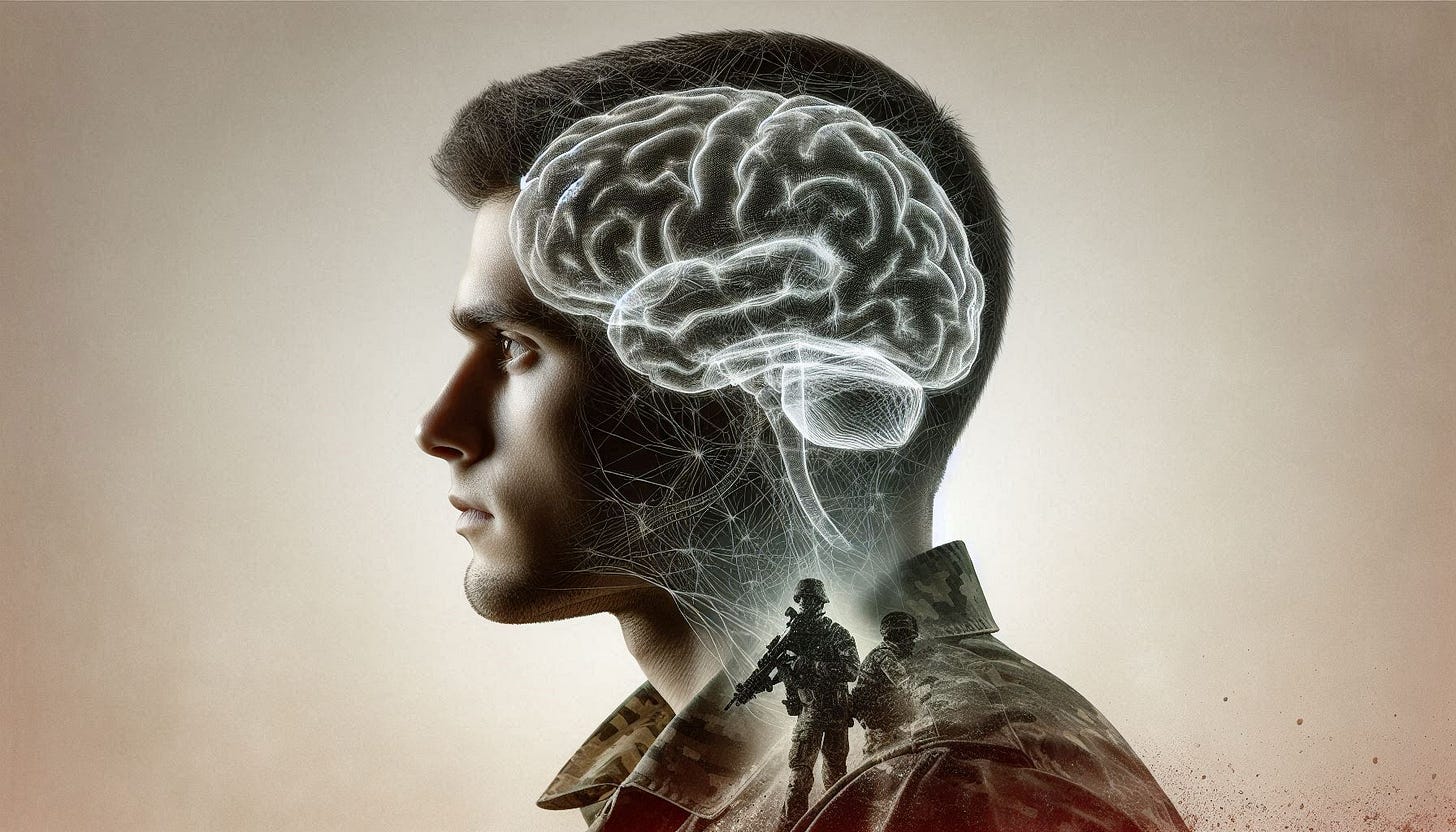How to think and act faster than the enemy
Reinterpreting the OODA-loop through the lens of neuroscience
You do not always need new technology in order to defeat your opponent. More often, victory is achieved by being able to think and act faster than your enemy. Although this is easier said than done, I will argue that the answers are already there but in the, for the military, unlikeliest of places: neuroscience. Our current understanding of decision-making is largely based upon the model designed by John Boyd, called the Observe-Orient-Decide-Act (OODA)-loop. I will argue that when we reinterpret the OODA-loop through the lens of some recent discoveries in neuroscience, we will see that our brains have evolved in such a way that they can think and act faster than what the OODA-loop prescribes. Moreover, since ‘we are our brains’ one could argue that we cannot escape the consequences of how our brains make sense of the world and ‘decide’ how to act. One the one hand, it will explain why we already do some of the things we do, and on the other hand, it will force us to re-evaluate some of our concepts about decision-making.
Do you want to know more? The full article has been published in the (Dutch) military scientific journal called: Militaire Spectator, in English of course. If you like the article, don’t forget to subscribe here for more on this topic.
There is much more to say on this reinterpretation of the OODA-loop and on how Boyd viewed the decision-making and the creation (and destruction) of models. Although, I must say it is not meant as a reaction or critique to Boyd but as a novel theory in itself. Yet, when introducing new models and reference frames, it is better to posit them in relation to existing reference frames in order to show the differences and especially the advantages.
As you can imagine, I was forced to limit myself to a certain number of words in order to have the article published. I see this article as the start of a series on military decision-making, of which I have already written some preliminary posts on military command (Sharpening our military command part I and part II). Stay tuned and subscribe if you don’t want to miss the follow-up.





Thank you Mark! Just one comment though. The scientists on whose work I rely in this article argue that the models our brains create are literally the same as the cells that make up the brain. ‘Hardware and software’ are not distinct. An hypothesis which would also solve the hard problem of consciousness. Especially the theory of Jeff Hawkins explains this wonderfully. But it does mean we need to reconsider many of our current beliefs..
Hi Remco, elegant way of modelling!
Q1) Did you look at alternative words for 'Indicate'?
Q2) In case of a "false" prediction (false is never black/white I assume), is the arrow going back immediately to Predict or is it continuing to Model and in that step adapts the model of reality based on the "delta" it calculated between the initial Predict and Indicate (Observe part inside Indicate)?